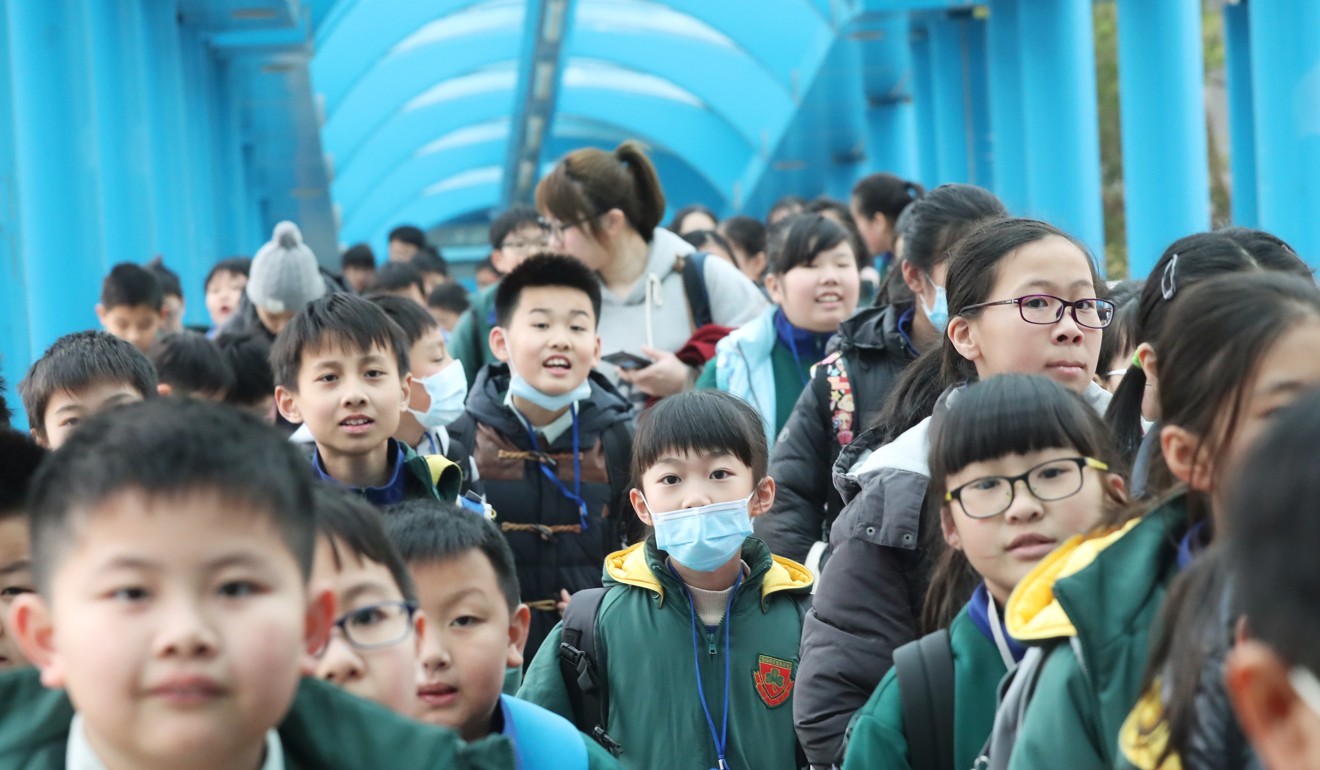
Hong Kong A&E units see rise in number of severe patients as winter flu season continues
Hospital Authority braces for another influx as city schools set to resume this week after the Lunar New Year break
More severe patients have been treated in public accident and emergency departments this winter flu season than in the past, Hospital Authority officials said on Friday, while bracing for another possible surge of patients when schools resume next week.
Officials also said overall bed occupancy rates at paediatric wards in the past week had been fluctuating amid a persistently high number of elderly and chronically ill patients being admitted to medical wards from February 15 to 21.
Dr Li Kai-ming, chairman of the authority’s coordinating committee in accident and emergency, noted that A&E units had seen more severe patients in the current flu season, with the proportion of such patients going up to 40 per cent, higher than the peak of 39.2 per cent in the summer flu season last year and 38.9 per cent in the previous winter flu season.

He believed such an increase was due to older patients, who were more likely to suffer from different types of illnesses at the same time.
Dr Tony Ko Pat-sing, deputising director in cluster services, said public hospitals had prepared sufficient drugs and rapid tests to handle patients with flu symptoms.
The authority said the number of people visiting A&E ranged from 5,200 to 5,300 on Lunar New Year’s Eve and the first day of the holiday on February 15-16 before spiking to 6,300 and about 7,000 in the last three days of the holiday from February 17-19.
By Tuesday and Wednesday, the number eased to below 6,000.
Ko warned that public hospitals might have to handle more cases again as schools resume classes next week after the Lunar New Year break.
“More and more students will be back to school next week. We are very cautious that there is a possibility of an increase in the number of influenza infections again,” said Ko.
Early school break pays off as flu outbreaks drop at Hong Kong institutions
“There is always a risk of cross-infection among students. So that is why we want to encourage students and parents to take good care of their hygiene,” he said.
He said the authority would closely monitor the situation.
Bed occupancy rates at paediatric wards increased from 66 per cent on February 15 to 85 per cent on Monday before dropping slightly on Tuesday and Wednesday.
But medical wards saw full occupancy, with mostly elderly and chronically ill patients.
In the past week, the daily number of patients admitted to medical wards hovered at around 1,000, compared to 850 during non-peak period. The overall bed occupancy rate was above 100 per cent on most days during the week.

“Children usually recover quickly and get hospitalised for one to three days only,” said Ko. “But people staying in medical wards might need to stay for five to six days.”
He worried that further pressure would be brought to those wards if there was a wider spread of influenza A cases in the future, after the dominance of influenza B virus at the moment.
Public hospitals in New Territories West launched two pilot schemes earlier this year to reduce pressure on hospitals.
Two to three patients have so far joined a scheme in which intravenous antibiotics can be administered at home.
Hospitals see rush of patients amid flu surge and end of Lunar New Year break, resulting in waits of over eight hours
“Patients in the past needed to stay in hospital for seven to 14 days for the procedure,” said Lam Yin-ming, department operations manager in community care at the authority’s New Territories West cluster.
“Now they can leave hospital after two days, reducing days of hospitalisation by five to 12 days.”
In another pilot scheme, community nurses and geriatricians offer medical consultation at the homes of elderly people. Lam said the scheme, which so far had around 10 taking part patients, could also reduce demand for hospital beds.

